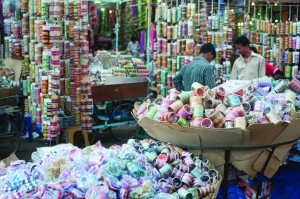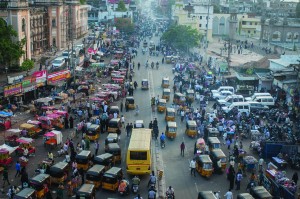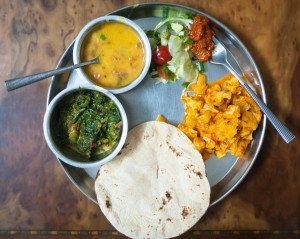The tinkle of bicycles and honks of the auto-rickshaws, the sound of wet cloth on a cold stone, the pressure cooker giving off a faint hiss, filling the air with a familiar aroma – I was home.

Los Angeles was now across an ocean, but in my head, I was still juxtaposing its wide multi-lane streets and fr

Wandering around these streets, the ones I had grown up in, I realized that I still knew so little about them.
For I was a stranger in my own country, that little alcove of the Asian south. We hear of it in myth and legend, in folklore and storybooks. But I grew up in a very different India: the post British-Raj India, the India that was getting consumed by the West, the new India that was trying on the outfit of globalization, the young India that was the new kid in school, trying to fit in and be cool.
We have come a long way from being a colony. I knew of the India from the history books, the ancient India that was full of gold palaces and lush green gardens that matched Eden. I even knew about the revolutionary India, united, struggling, fighting for freedom for almost a century. But I still did not know my India, the India that I had grown up in for 18 years.
I’m a photographer for the Daily Bruin. So, with a camera strapped around my neck, I set out into the streets of Hyderabad in an attempt to rediscover my birthplace, to break out of the small bubble I had grown up in.

I was looking for the India that had been invisible to my eyes all this time. I did realize one thing on my excursions around the streets of India, though: The country can never be fully discovered.
A single gaze will never be enough to take in her ethereal beauty.
For all the sights in the world – and I have seen many – this one will always leave me in awe and make me lust to wander even more.
Maybe some of these photos I took will help shed light on what I did discover and uncover about India this past break.
